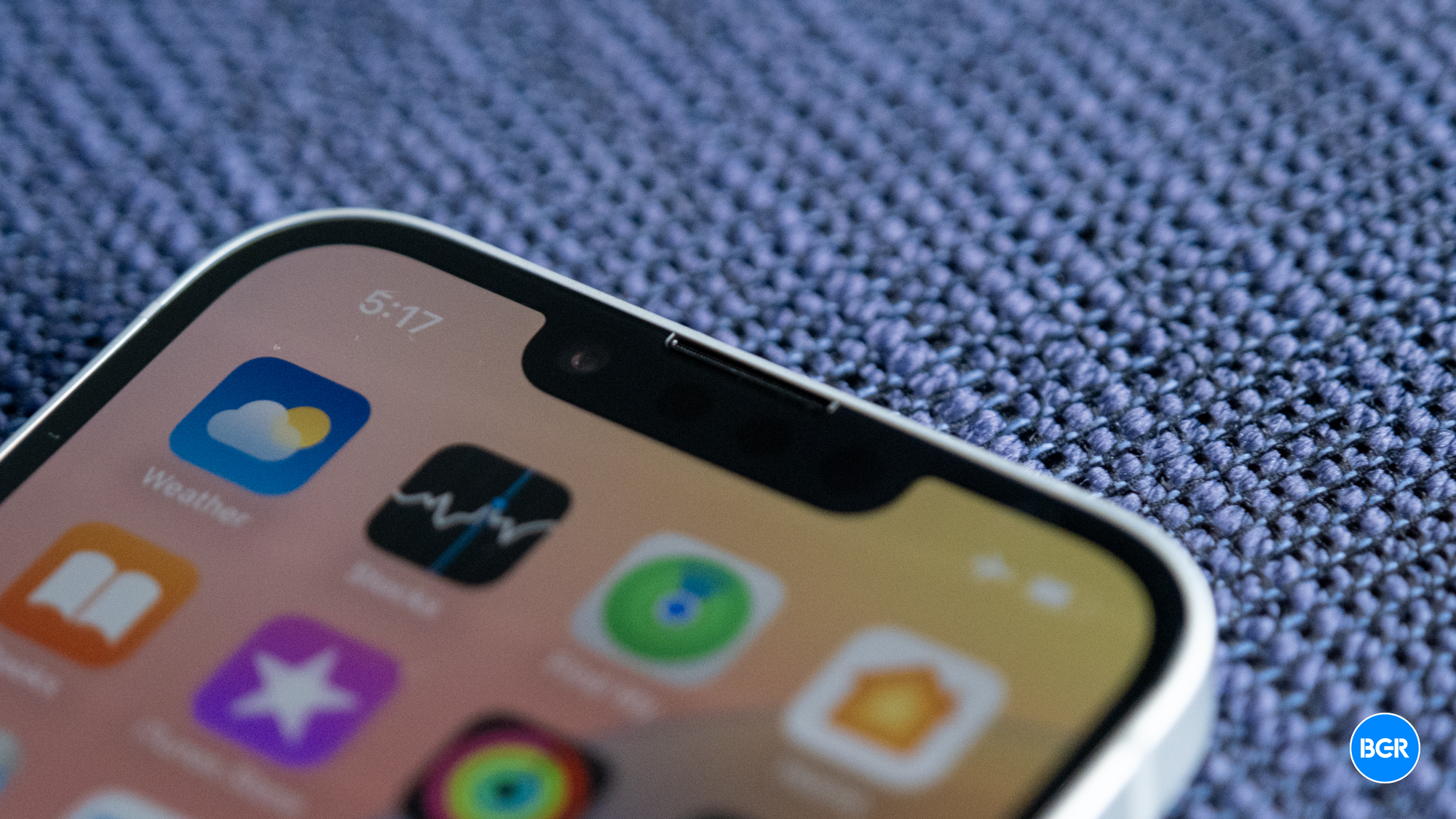
Model wearing VITURE's video smartglasses.
VITUREThree years ago, VITURE debuted at CES with a sleek pair of XR glasses designed to function as a portable, immersive display. Since then, the company has become the quiet giant of video display glasses, with 52% of the US market in Q4 2024, according to IDC. This week, VITURE is taking a major leap forward with the launch of its next-generation Luma Series: four new models that blur the line between high-definition, screen-expanding video screens and spatial computing, positioning VITURE as a quiet giant in the fast-evolving wearables market.
The new lineup includes the Luma, Luma Pro, Luma Ultra, and the forthcoming VITURE Beast. Each offers a refined experience built atop Sony’s latest micro-OLED panels, delivering what the company calls a “4K-like” display. That term may sound vague, but after spending time with the Luma Pro, it makes sense. The visual clarity is sharp enough to prompt comparisons to 4K televisions, though the resolution remains 1080p. According to the company, improvements in optical engineering like increased contrast, wider field of view, and reduced distortion are responsible for the perceived sharpness.
Note the outward facing cameras, which also act as sensors for hand tracking and spatial computing.
VITURE“Sharpness is a human experience, not just a number,” said Emily Wang, VITURE’s co-founder and COO, during a recent conversation. “We’ve worked for over a year on our new optical system. The Luma display is 50 percent sharper than VITURE Pro, which was already the sharpest on the market.”
While VITURE’s earlier models found a home with travelers and gamers, users who wanted a virtual 120-inch screen in bed, on a plane, the Luma series represents a shift in ambition. These are not just screen extending “assisted reality” glasses anymore. With integrated cameras, gesture recognition, spatial tracking, and cross-platform support for Windows, macOS, Android XR, and iOS, VITURE is moving into the broader spatial computing space.
VITURE is releasing three new models, followed by a supreme model they call 'The Beast,' due in ... More September.
VITUREFrom the start, VITURE resisted the label “AR,” preferring the broader, more flexible XR category. “We called our products XR from the beginning because we never saw them as augmented reality,” Wang explained. “They were personal, immersive displays. Not overlays on the world. That’s changing now.”
At $399 to $599, depending on the model, the Luma Series sits comfortably below premium headsets and offers a significantly smaller form factor. The entry-level Luma starts at $399, while the Luma Pro has an upgraded design for $499. The Luma Ultra, launching in August for $599, introduces full 6DoF tracking and hand gesture support. But the company’s true flagship * the Beast * will arrive in October. It features the brightest, sharpest display in the lineup, a 58-degree FOV, built-in 3DoF tracking, dynamic tint control, and a new hardware architecture designed for real-time 2D-to-3D conversion and advanced spatial input. The Beast lets users combine immersive 3D and built-in 3DoF.
I got a private suite demo at AWE in June from co-founder and CEO David Jiang, who said “The Beast has everything,” Jiang told me. “It’s our largest field of view, our sharpest display, and our most immersive model. We call it that for a reason.” The headset really delivers what feels like a 4K experience with a wide field-of-view. The screen can be set in space, which is a more natural experience than having the screen fixed in front of you, no matter where you move your head. I was especially taken with the 3D capabilities of the Beast, which uses AI to layer 2D entertainment and games.
Software is one thing that sets VITURE apart. Their proprietary SpaceWalker platform supports spatial video, real-time 2D-to-3D conversion, and multi-screen virtual desktops. It transforms any Luma Series glasses into a floating workstation or personal theater. You can watch Netflix in bed, play games on a PlayStation Portal, or open three browser windows in a coffee shop, no giant laptop needed.
VITURE also holds a dominant share of the U.S. XR smartglasses market, according to IDC. In Q4 2024, the company captured over 50 percent of all AR/XR glasses sales, outpacing competitors like Xreal despite launching no new hardware during the period. “Even with VITURE Pro nearing the end of its lifecycle, we remained number one in the U.S.,” said Wang. “That tells us we’re doing something right.”
David Jiang, founder and CEO of VITURE.
VITUREPart of that success stems from VITURE’s decision to build in public and improve its existing products post-purchase. A recent firmware update to the VITURE Pro added brightness controls, reduced latency, and improved compatibility with game consoles. “People were shocked,” Wang said. “They didn’t expect the product to get better after they bought it.”
With the Luma Series, VITURE is attempting something few hardware startups manage, a sustained cadence of innovation without abandoning their early adopters. While the Beast won’t ship until Q4, 2025, it’s already available for pre-order. The company’s decision to announce all four models at once, rather than staggering releases, was intentional. “We want customers to feel informed. We don’t want someone to buy a Luma Pro today and feel surprised when the Beast comes out in October.” Wang said. “Transparency builds trust.”








 English (US) ·
English (US) ·